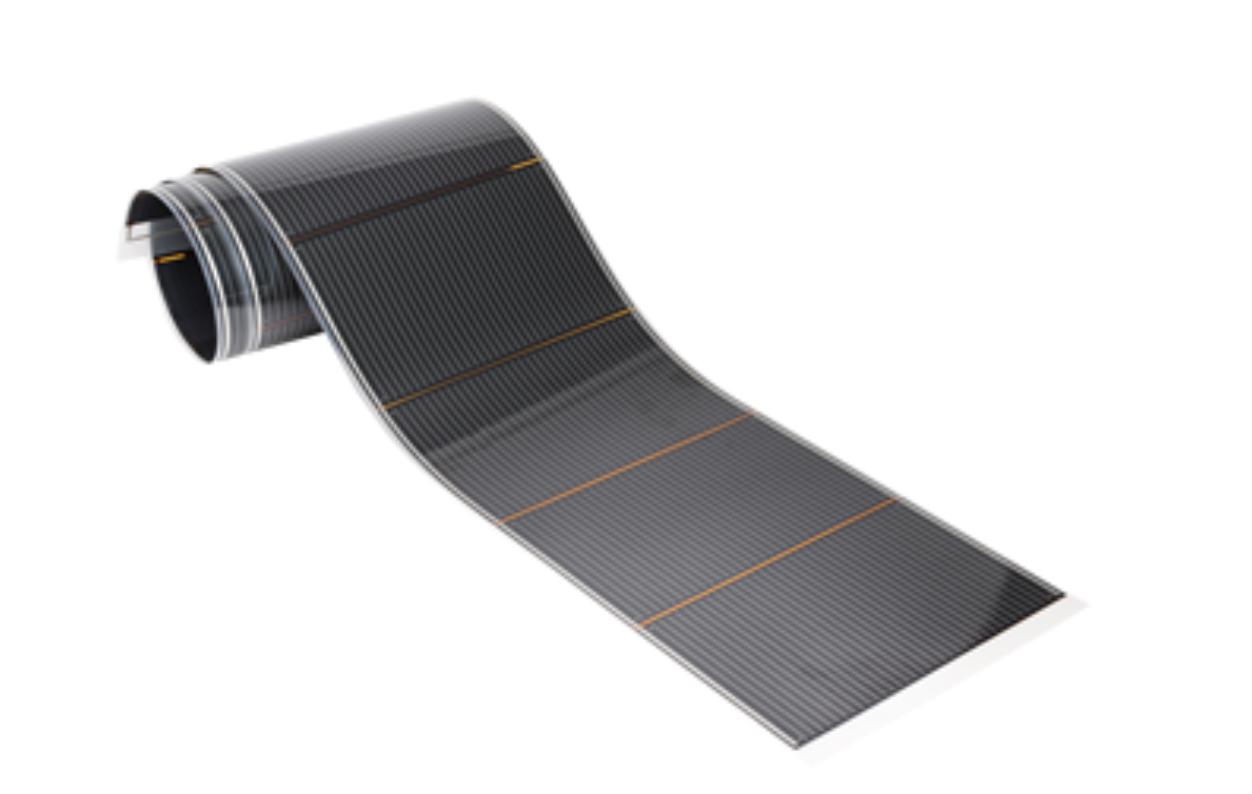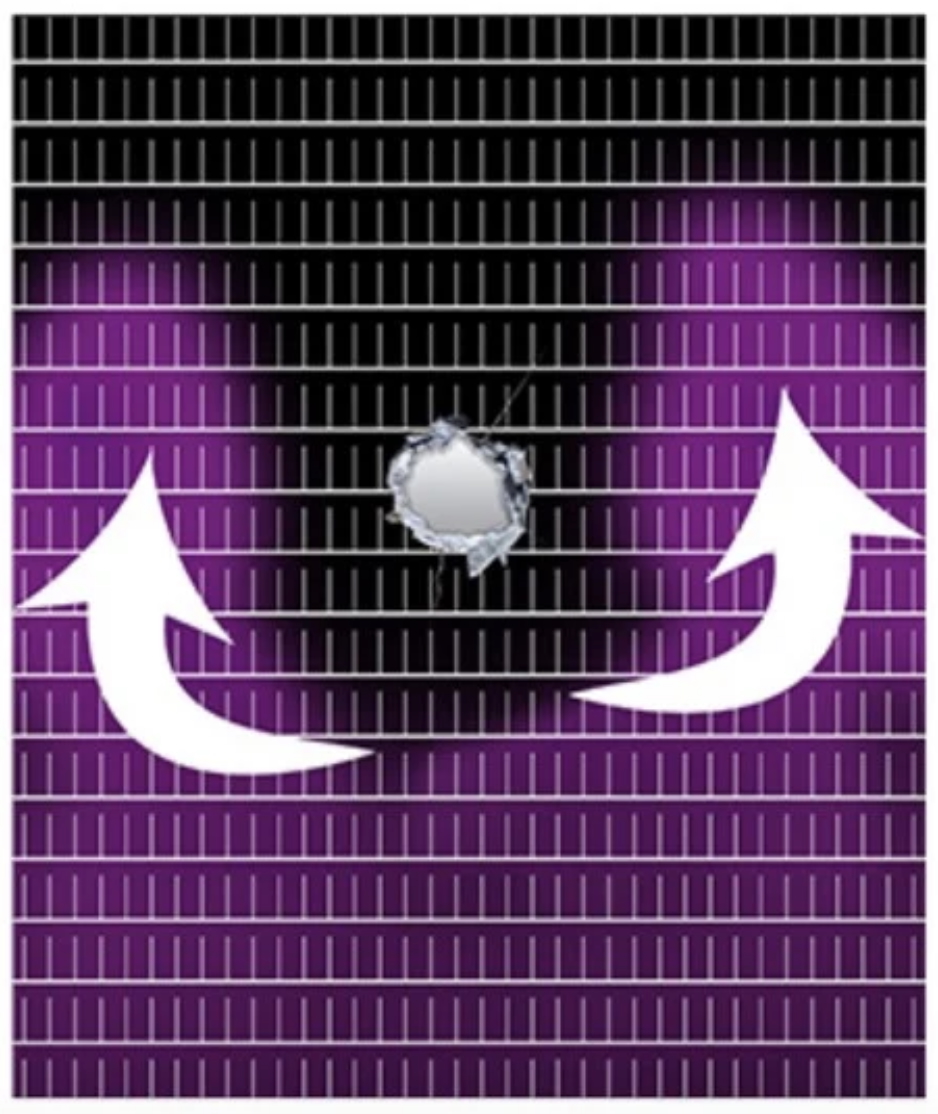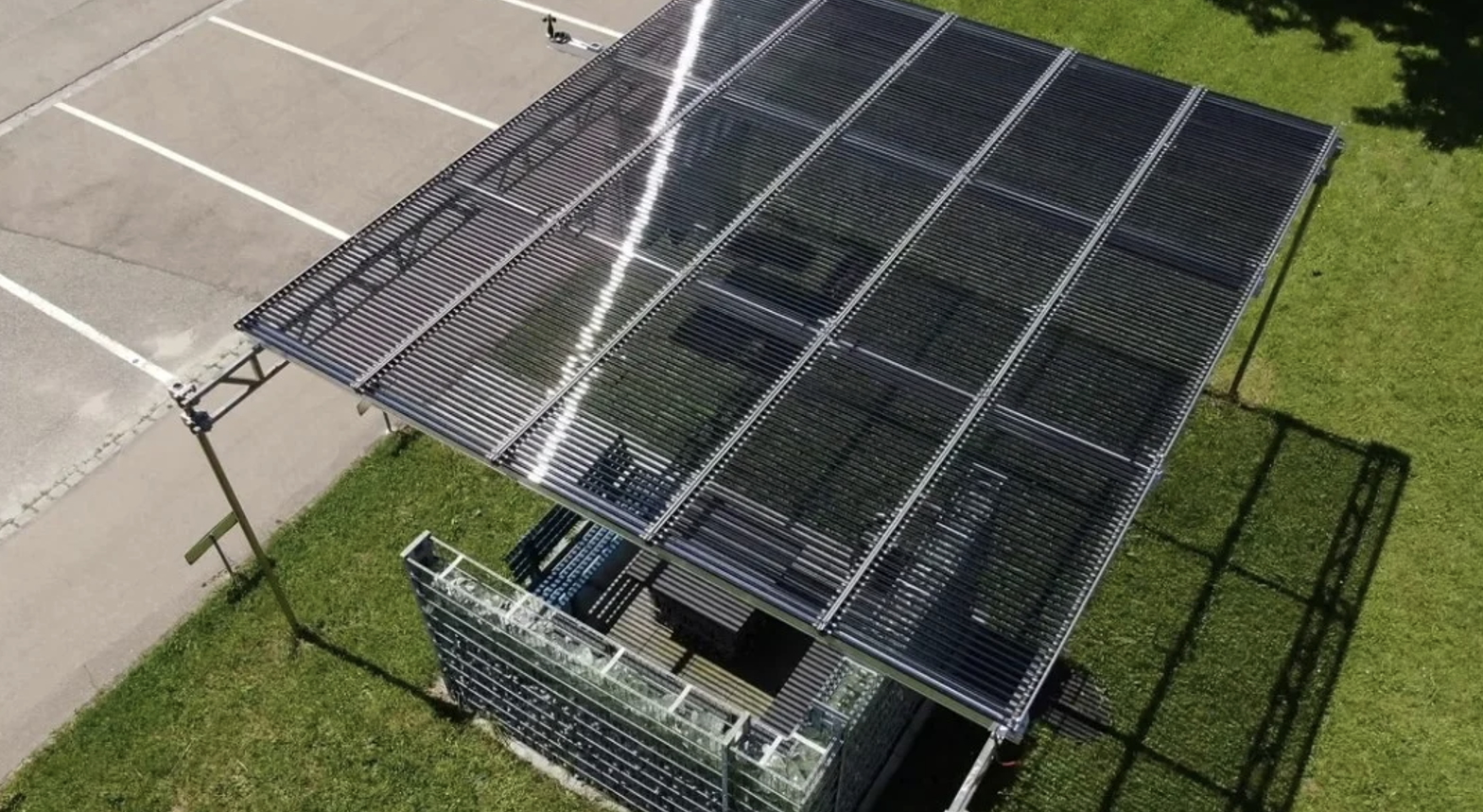Thin-Film Solar PV Conquers Outer Space
Extreme weather conditions understandably give pause to many people considering solar photovoltaic (PV) installations across areas and climates of all kinds. But there’s one place with more punishing conditions than you’ll find anywhere else: Outer Space. For years, the solar and space industries have rocked back and forth in their discourses regarding the reliable viability of solar solutions in space, sometimes optimistic and sometimes pessimistic. There never quite seems to be a lasting consensus because space is just that dangerous and difficult to manage.
Enter thin-film solar PV.
This lightweight, flexible, durable PV material is uniquely poised not just to handle the tempestuous weather conditions here on Earth, but even those in space.

The technology is so light and flexible that it can literally be rolled up like a roll of paper towels.
Lightweight design
One of the key apprehensions around the use of solar solutions in space comes from the heavy weight of traditional solar panels. These panels often weigh down their respective spacecraft, adding additional costs to launch procedures. So then, with those additional costs in mind, mission operators might be even more hesitant to apply solar solutions, as they don’t want to pay the extra money to get the panels up into space only for them to be damaged or destroyed by the harsh conditions of space or wandering space junk.
Mitigating the unique “weather” challenges in space
On land, solar PV faces all sorts of weather-related challenges: harsh winds, heavy snow, acid rain, hail, sleet, the list goes on. In space, it has to deal with a different type of “weather” in the form of an ever-growing cloud of debris made up of defunct space junk that orbits the planet, posing a physical threat to solar technology.

Because of its rigid design, complete with a brittle glass coating, traditional solar panels are at great risk out in space. As the debris issue worsens over time, more and more junk poses a physical threat to solar panels, which stick outward. This positions the technology for direct contact with oncoming debris that will shatter the glass coating and grievously damage the panels to the point that they will either need to be fixed or replaced entirely, which is very difficult to do when they are all the way up in space. Beyond that, these collisions will result in even more debris being added to our orbit, making the issue more dire for future missions hoping to employ solar solutions.
As this problem worsens, mission operators are understandably hesitant to implement expensive solar solutions to their spacecraft; no one wants to put all that money toward technology that could be destroyed in an instant.
Thankfully, thin-film solar PV deftly mitigates this cumbersome issue. Thanks to its flexible design, the solar cells are not covered in the same glass coating as their traditional counterparts, so there is no concern about them shattering upon impact. Their flexibility also enables them the capability to easily retract inward when spacecraft begin to approach dicey situations with orbiting space debris, preventing them from colliding with it and incurring damage.
On top of all that, even in the event that thin-film cells are impacted by pieces of space debris, the cell will continue to operate at near-optimal levels, with only the direct area that was impacted being negatively affected; the rest of the cell around the damaged area will continue to function as normal.

Electricity flows around the damaged portion and continues operations.
As space-based solar hesitation continues to plague mission operators, thin-film PV provides an alternative solution that can meet a mission’s energy needs without the worry of unexpected destruction.
Durability in space means durability on Earth
Thin-film PV’s ability to handle the uniquely harsh conditions of space also means it is more than ready to operate in the face of punishing weather conditions down here on Earth.
Seeing as the technology is equipped to handle standard operations after direct impacts with wandering space junk, it is also ready to operate in harsh winds, heavy snow, hail, sleet and other tempestuous weather conditions.

Thin-film solar PV is not just for space; it can handle the challenges of Earth as well.
Whether your concern is how well your solar solutions can handle the unpredictable weather here on Earth or the physically brutal “weather” conditions in space, thin-film solar PV is prepared to handle it.
Paul Warley is CEO of Ascent Solar Technologies, which provides high-performance and flexible thin-film solar panels for use in scenarios where traditional rigid solar panels don’t work.
Ascent Solar Technologies | ascentsolar.com
Author: Paul Warley
Volume: 2025 July/August












.png?r=1656)